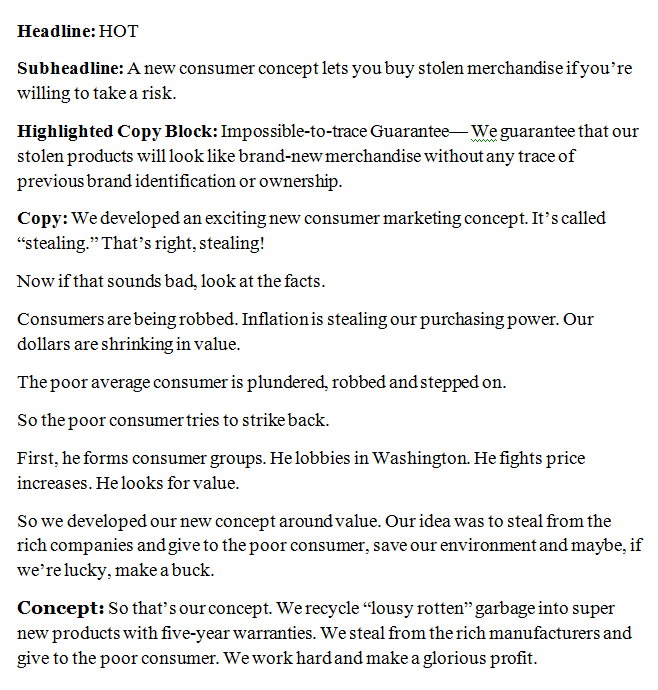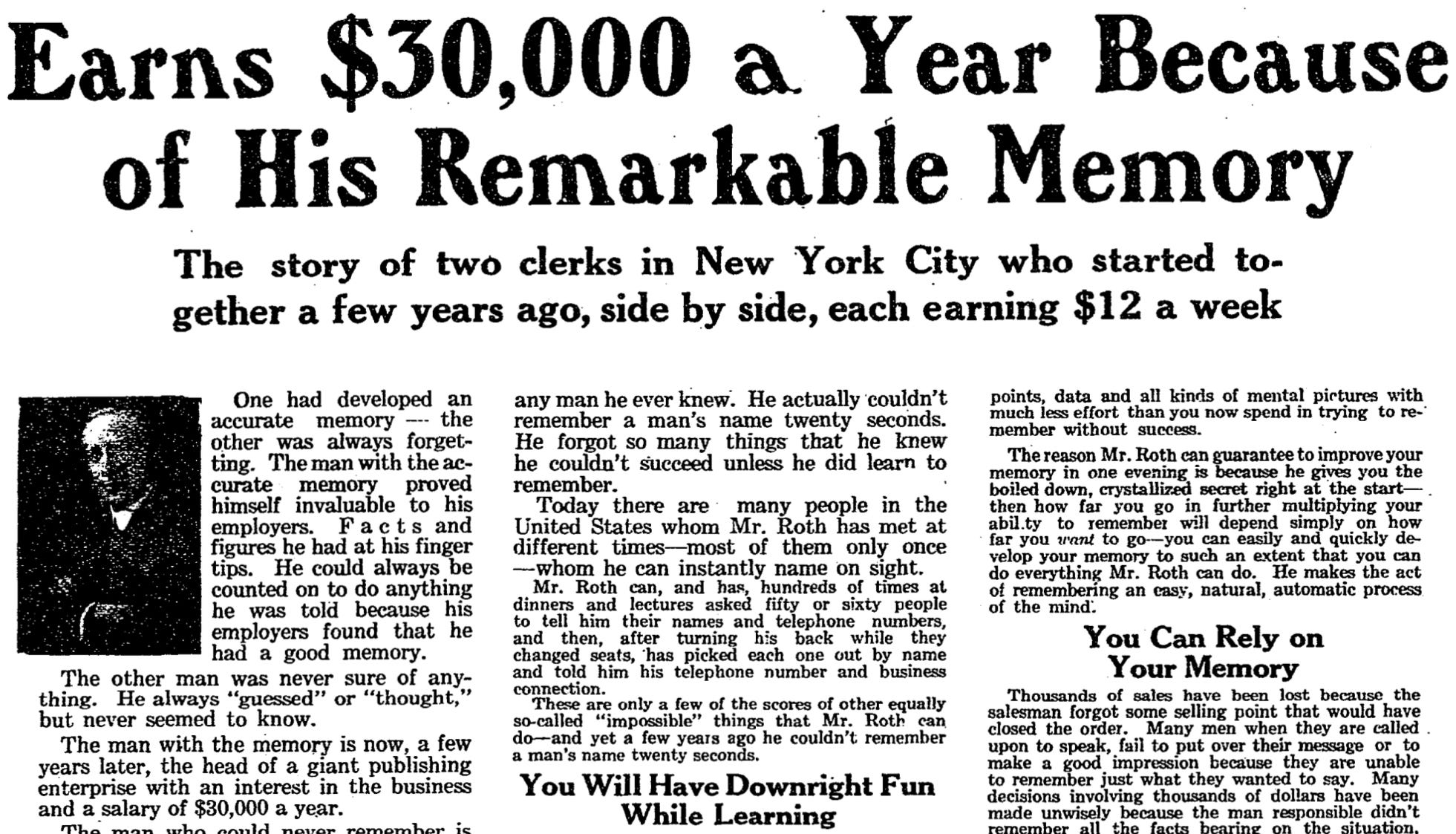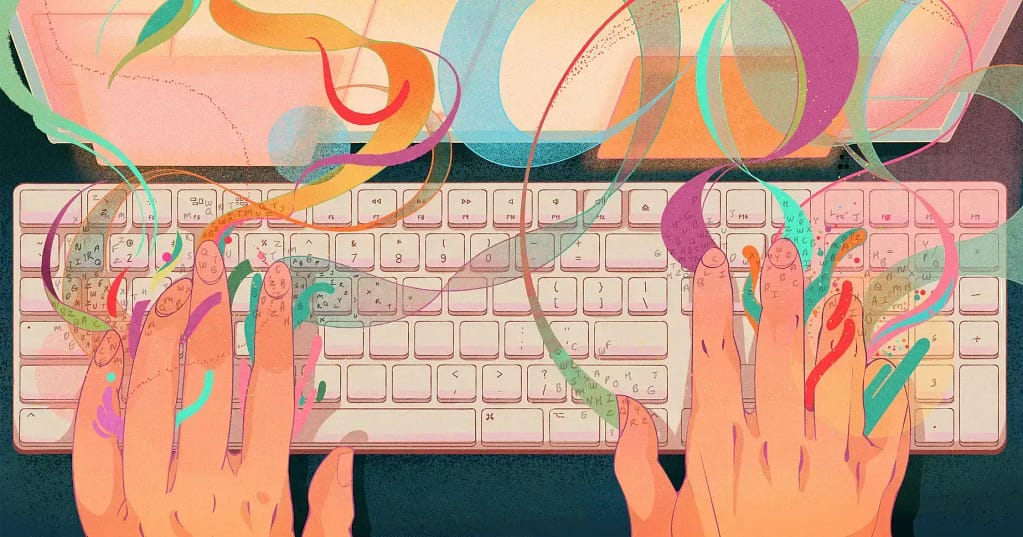Last Updated on March, 2023 by Edison
Let’s start with the fundamental principle… The goal of copywriting is to sell.
Copywriting is not journalism. It’s not news reporting.
As a journalist, your job is to report what happened.
In advertisements, you want people to do more than just read. You want people to ACT NOW – to place an order or ask for more information.
The business nobody knows
In his excellent book The 7 lost secrets of success, Joe Vitale tells the story of Bruce Barton.
In 1935, Bruce wrote the famous slogan for Steel Corporation.
He said Andrew Carnegie came to a land of wooden towns… and left a nation of steel.
This completely changed their perspective.
People were no longer buying a product called steel. They were supporting a mission to improve the lifestyle of a nation.
Now, how does your business contribute to improving lives?
For example, if you teach people how to write books, you aren’t just selling knowledge but immortality.
You put yourself in that book. You have created something that will live beyond you.
Many famous writers passed away years ago, but their work has touched millions of people beyond their graves.
Cosmetic companies aren’t just selling lipstick. They sell romance. And they should focus on the romance derived from using the product.
Barton used this strategy in his profession.
When people complained that advertising was misleading or manipulative, he responded:
If advertising is sometimes long-winded, so is the US Senate. If advertising has flaws, so has the marriage.
He reframed the way people look at his profession.
The gasoline nobody knows.
In 1928, Barton talked to the American Petroleum Institute and urged them to stand for one hour at their filling stations. He said, ‘talk to people and discover what magic a dollar’s worth of gasoline a week has worked in their lives.
My friends, it is the juice of the fountain of eternal youth you are selling. It is health. It is comfort. It is success. And you have sold it as a bad-smelling liquid at so many cents a gallon. You have never lifted it out of the category of a hated expense.
The magic was mobility. People could go where they wanted whenever they wanted. And this was an uplifting message for oil company owners.
The Feeling
Before you write anything, decide what feeling you want to produce for your reader.
The back of every successful copy creates a feeling that compels the reader to act as you want him.
But how can you arouse this feeling?
Think for a moment about how you would feel before buying that product.
What would you want first to know?
What about the proposition would interest you most?
What would you feel you had to gain by accepting?
What would you lose by refusing the offer?
The Slippery Slide
Picture yourself at the top of a slide, then let yourself go.
You try holding on to the sides to stop as you slide down, but you can’t.
You continue to slide down despite all your efforts to prevent it.
This is how your copy must flow.
Every element should cause that slippery slide effect.
This example is taken from The Copywriting Handbook by Joseph Sugarman.

P.A.S.T.O.R
It’s a copywriting framework designed by Ray Edwards.
Problem/Pain – Describe their problem. The more detailed your description, the more they’ll feel that you must have an answer to their problem. Again, you need to be empathetic.
Amplify – Amplify the consequences of not solving the problem. Before painting “the paradise” they seek, you must get them to experience the future without your solution.
Story/Solution – Now, it’s time to share the story of how you can solve the problem.
Testimony – It’s essential to offer real-life stories of people who bought the product and experienced the transformation. The proof will make your prospect think, “If it worked for them, it will work for me”.
Offer – This is the part when you lay out the offer. You can even create a subheading for the section “Here’s Exactly What You Get.”
Remember to focus on the transformation the product or service brings, not deliverables.
Response – One area where copy often is the weakest is the response request. We tell them how to get the product.
Inducing Fear
Fear can be an effective tool when selling certain products or services.
The fear appeal is most effective when:
1. It scares the hell out of people.
2. It offers a specific recommendation for overcoming fear.
3. The recommended action is perceived as effective for reducing the threat.
4. The recipient believes he/she can perform the recommended action.
You need the four elements to make this strategy work. Remove any of them, and it’s like building your computer and leaving out the hard drive. No matter how much you want it to work, it won’t compute.
In addition, if you create too much fear, you could scare someone into inaction.
Sometimes fear can paralyze.

It’s important to persuade the prospect that he has the power to change his situation.
Let’s say you own a karate school and sell self-defense training.
You can teach people to walk in dangerous neighborhoods with the confidence of a trained bodyguard.
But presenting gruesome crime stats isn’t enough. You also must persuade your prospect that he can fight an attacker with his bare hands.
The factors that can boost your credibility are testimonials, video demonstrations, and free lessons.
Strengthen the desire
Advertising is salesmanship in print – the literature of desire.
Every person has emotional needs. They are vague emotions without compulsion or direction.
Your job is to fill out these vague desires with concrete images. You need to show them different ways to fulfil these desires.
You are writing the script for their dreams. The sharper you draw these pictures, the more your prospect will demand your product and the less important the price will seem.

Storytelling
It was 1975 when Martin Conroy wrote the most successful sales letter. It brought over $2 billion in sales for WSJ and ran for 28 years.
Martin opened the letter with the story of “two men” who graduated together 25 years ago. Both of them were happy and had a similar life. But there was one difference…
One worked as a manager, while the other was the company’s president.
What is even more interesting is that he borrowed the story idea.
In 1919, Bruce Barton wrote an ad titled “The Story of two men who fought in the Civil War”.

One year earlier, there was another Ad called “Earns $30,000 a year because of his remarkable memory. The story of two clerks in New York City who started together a few years ago, side by side, each earning $12 a week”.

As you can see, storytelling can be an excellent tool for persuading people. And you don’t have to ‘reinvent the wheel’ to develop a good story idea.
To help you create a great story fast, here’s a powerful template:
Act 1: Struggle – You or someone else faced a tough challenge. And there was a lot at stake.
Act 2: Solution – You found a brilliant solution that helped you overcome the challenge.
Act 3: Product – You created a product to help other people.
Blockbuster sales letters
Follow these seven steps to write a blockbuster sales letter fast.
1. Craft the opening
– You can start with a story or a question…
If I can show you how to double your income by giving me just 30 minutes of your time a month, would you like to learn more?
Stories and questions are compelling because they open a loop in the prospect’s mind. It’s hard for us not to finish things that catch our attention.
– You can start with a quote…

The author (Frank Herbert) explains what “hyacinths” means.
Remember: You need to write in simple words; if you use an uncommon word, explain it.
– You can start with a damaging admission.
You might not be the most popular choice, so it’s good to admit it and reveal what makes you different from others. Honesty is disarming. When you reveal your weakness, your reader is more likely to pay attention and believe your claims.
– You can start with a problem and slowly explain the solution like in the Giorgio letters below.
2. Give the most important benefit first
Before writing a sales letter, you must list all the benefits of buying your product. Organize them in order of priority.
If you can find a “hidden benefit”, use it. For example, a hidden benefit of aspirin is that it can thin the blood and decrease the risk of heart attacks.
If you sell a time-management book, the main benefit is increased productivity. The hidden benefit is that the customer will have more time for family or hobbies.
3. Describe the most important benefit in detail
You need to persuade your prospect that your claims are true. And you can do this by describing how your product will help them.
4. Tell them precisely what they will get
Your customer wants to know exactly what they are getting for their money.
5. Testimonials
People will still have doubts no matter how good your story or product is.
You need other people to confirm what you’re saying is true.
If you sell a quick fix for muscle pain, a doctor should make endorsements – perhaps doctors working for sports teams.
And you should also include a mini-story on how that expert discovered your product.
6. What happens if they don’t act now?
You should give good reasons they have to act now. If your prospect puts your letter aside, thinking they will get the product later, your offer is probably doomed.
7. Include a money-back guarantee
So, why would they trust your hard-earned money to you?
How can he know that your product will 100% satisfy him?
That’s why we should include a money-back guarantee.
Case Study #1: The Kiplinger “Boom & Inflation” Letter
This is one of the most widely circulated letters ever created, and Fanny B. Lyle originally wrote it.
It was Kiplinger’s control letter for 35 years, and hundreds of other letters were tested against it. They update the letter annually, but the concept remains unchanged.
1. The heading gives the most prominent benefit.
2. The following two paragraphs enlarge upon the benefit.

3. The third Paragraph tells the reader exactly what he will get.

4. The fourth and fifth paragraphs provide value with experience.

5. What will the prospect lose if he doesn’t act?

6. Summarize the benefits

7. Encouraging the prospect to act.

Case Study #2 The Billion Dollar Sales Letter
It’s one of the most successful single advertising of all time. This letter is responsible for 2 billion dollars in revenue for the Wall Street Journal.
I would suggest reading it out loud as much as possible.
Try to understand why every word was chosen, what thoughts are used, what emotions it evokes as you read it, and how it keeps you interested. How it develops its argument and persuades you to buy now. (Click to Enlarge)

Case Study #3 Giorgio Letters
I read Giorgio’s letters in “The Ultimate Sales Letter” by Dan S. Kennedy.
These are three letters for a chain of Italian restaurants.
They show the persuasive tactics used for direct marketing and how to structure a multi-step mailing sequence.
The humorous style helps sell different products, and the structure is universally effective.


The Second Letter


The Third Letter

Recommended Books:
“Breakthrough Advertising” by Eugene Schwartz
“Cashvertising” by Drew Eric Whitman
“How to write blockbuster sales letters” by Benjamin Hart



